The Columbia University Center for Science and Society hosted four speakers last
Saturday who shared their experiences with efforts to revitalize and connect Indigenous
languages and art with communities across the Americas.
On Saturday, October 3, the Columbia University Center for Science and Society hosted a discussion on the revitalization of Indigenous languages and arts across the Americas. The Center’s mission is to connect the humanities, sciences, and creative practice through interdisciplinary thought and practice. Central to this mission are its research clusters, including the Making and Knowing Project, which explores the intersections of scientific knowledge and artistic craft and served as the organizers for this event.
The panel featured four speakers from diverse backgrounds, each with experiences in language preservation or Indigenous art: Manuela Tahay, professor of K’iche’ Maya at the University of Texas at Austin; Eduardo de la Cruz, associate instructor of Nahuatl at the University of Utah; Derek Martinez (SEAS ‘26), political chair of the Columbia Native American Council and Mixteco speaker; and Dare Turner, curator of Indigenous art at the Brooklyn Museum.
Each speaker approached revitalization through their own culture and lived experience. Tahay opened the program with a discussion of K’iche’ culture and specifically Mayan weaving techniques, explaining the tools and terminology of the craft in K’iche’. She showed how weaving can represent more than clothing, indicating townships, identity, and even mathematical calculations. She presented images of modern textiles, including one depicting a woman at a computer surrounded by cats and another honoring women in professional spaces, illustrating how weaving continues to evolve as a craft, demonstrating both traditional and modern elements.
De la Cruz followed with an overview of Nahuatl language conservation efforts, emphasizing that preservation must take place within the communities that speak it, not only in universities. He described programs that teach children English through Nahuatl in local Mexican townships, designed around community input. By listening first to what residents wanted, these programs helped local residents while ensuring a new generation’s proficiency with Nahuatl.
Martinez brought the perspective of a student of the Mixteco language. After outlining the linguistic and geographic diversity of the Mixteco language, he turned to the challenges Mixteco-speaking migrants face in California, particularly the lack of language-accessible resources in healthcare and legal settings. He highlighted the Mixteco/Indígena Community Organizing Project and its community radio station, which intersperses Mixteco and Latin American music with vital local information broadcast in Mixteco.
Turner concluded the panel by showcasing recent Indigenous art exhibitions at the Brooklyn Museum, including “Aaniin, I See Your Light” by First Nations artist Nico Williams. Williams transformed the outdoor area of the museum into an interactive celebration of Anishinaabe culture through beadwork and large, interactive iridescent jingles inspired by traditional regalia. Afterwards, the event closed with a brief Q&A and a live weaving demonstration.
Throughout the discussion, the speakers emphasized the importance of listening to communities and showed how these cultures continue to develop through new music, evolving art forms, and a new generation learning these languages. For me, the event was an eye-opening introduction to the ongoing revitalization of Indigenous languages and traditions, showing that preservation is just as much about creativity and community as it is about history.
Header via Pexels


 0 Comments
0 Comments